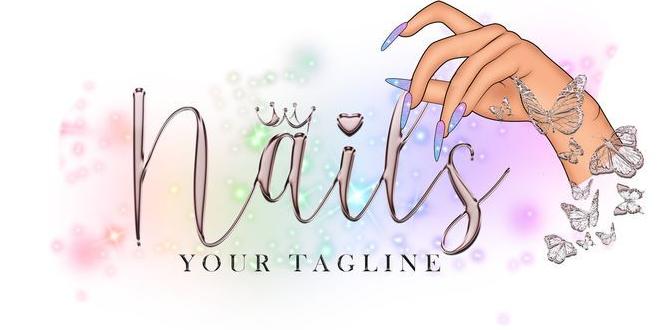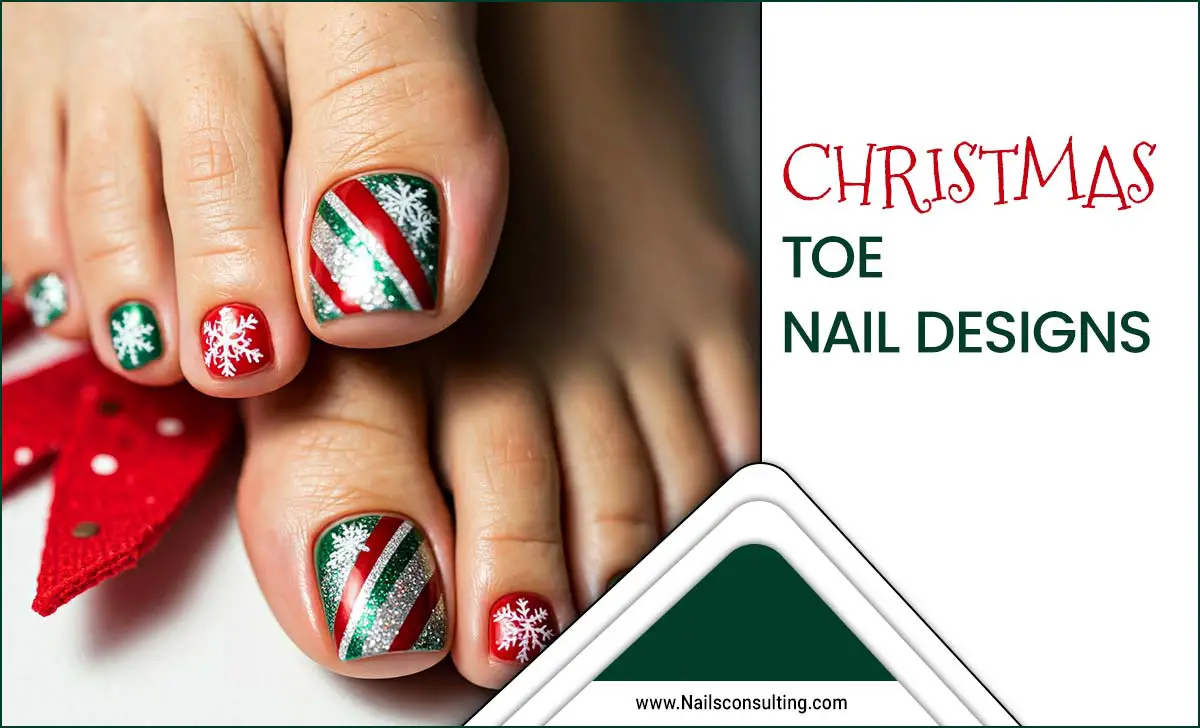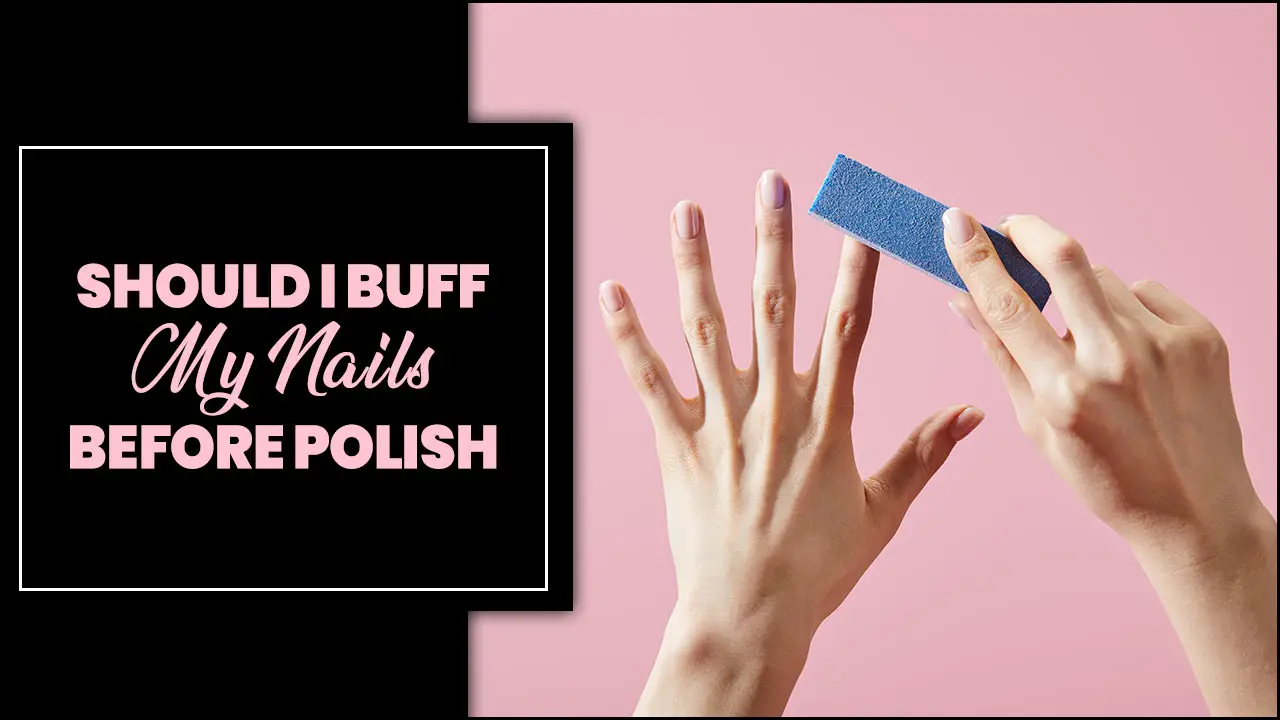Splatter paint nail art is a fun, easy way to add colorful, artistic flair to your nails. You can create vibrant, unique designs with just a few simple tools and your favorite nail polish colors. This beginner-friendly guide will show you genius splatter paint nail art ideas and how to achieve them at home.
Ready to unleash your inner artist on your fingertips? Splatter paint nails are a fantastic way to express yourself and add a pop of fun to any outfit. They look super cool, like tiny abstract masterpieces, but often people think they’re complicated to do. Don’t worry! I’m here to show you just how simple and rewarding creating splatter paint nail art can be, even if you’ve never tried nail art before. We’ll go from basic tools to brilliant designs, making your nails the talk of the town. Get ready to dive into a world of vibrant color and creative expression!
What is Splatter Paint Nail Art?
Splatter paint nail art is a technique that mimics the look of paint splatters, drops, or splashes. It’s a playful and artistic nail design that can range from subtle speckles to bold, abstract patterns. Think of it as abstract art for your nails! This style is incredibly versatile, allowing for endless color combinations and intensity levels. It’s beloved for its effortlessly cool vibe and the unique, one-of-a-kind results it produces every time.
Why You’ll Love Splatter Paint Nails
There are so many reasons why splatter paint nails are a hit, especially for beginners and busy bees:
- Easy to Master: No need for steady hands or precision! The beauty is in the chaos.
- Customizable: You can use any colors you can imagine to match your mood, outfit, or favorite season.
- Quick to Create: Once you get the hang of it, you can achieve a full set of stunning nails in no time.
- Affordable: You likely already have most of the tools and polishes needed at home.
- Unique: Every splatter design is different, ensuring your nails are truly one-of-a-kind.
- Trendy: It’s a consistently popular art style that always looks fresh and modern.
Essential Tools for Your Splatter Paint Mani
Before we get messy (in a good way!), let’s gather our supplies. You don’t need fancy equipment; most of these are common household items or readily available at your local drugstore.
| Tool | Purpose | Notes for Beginners |
|---|---|---|
| Nail Polish (Base Color) | The canvas for your splatter art. | Choose a light or opaque color that contrasts well with your splatter shades for best visibility. |
| Nail Polish (Splatter Colors) | The vibrant hues for your splatters. | Opt for 2-4 colors that complement each other or create a bold contrast. |
| Toothbrush (Old/Dedicated) | The primary tool for creating the splatter effect. | Use an old toothbrush you don’t mind dedicating to nail art. A clean, dry one works best. |
| Toothpick or Dotting Tool | For creating smaller dots or finer splatters. | Great for adding detail or controlling the splatter size. |
| Paper Towel or Palette Film | A surface to load your toothbrush with polish. | Helps you control the amount of polish on the brush. |
| Clear Top Coat | To seal the design and add shine. | Essential for longevity and a professional finish. |
| Cotton Swabs/Pads & Nail Polish Remover | For cleaning up any accidental splatters. | Have these handy to tidy up cuticle lines and mistakes. |
| Optional: Base Coat | Protects your natural nails and helps polish adhere. | Always recommended for nail health! |
Step-by-Step: The Classic Splatter Paint Technique
This is the most straightforward way to achieve that iconic splatter look. Let’s get started!
Step 1: Prep Your Nails
Start with clean, dry nails. Push back your cuticles and file them to your desired shape. Apply a base coat to protect your nails and ensure a smooth application. Let it dry completely.
Step 2: Apply Your Base Color
Paint your nails with your chosen base color. Make sure it’s fully opaque and dry before moving on. A second coat might be needed for perfect coverage. Patience here is key to preventing smudging later!
Step 3: Protect Your Skin (Optional but Recommended!)
This is where things can get a little messy. To avoid getting polish all over your fingertips, you can apply a layer of liquid latex around your cuticles or use petroleum jelly. Be careful not to get it on your nail itself!
Step 4: Load Your Toothbrush
Dispense a small amount of your first splatter color onto your paper towel or palette film. Dip the bristles of your brush into the polish. Don’t overload it – you want controlled splatters, not a gloopy mess.
Step 5: Create the Splatter
Hold the toothbrush a short distance above your nail (about a few inches). Flick the bristles downwards with your finger, away from the nail, allowing the polish to spray onto the nail. Experiment with the distance and flicking pressure to control the size and density of the splatters. You can build up layers gradually.
Step 6: Add More Colors
Wipe your toothbrush clean (or use a separate one!) and repeat Step 4 and Step 5 with your other chosen splatter colors. Layering different colors creates depth and visual interest. You can alternate the distance and flicking technique for varied effects.
Step 7: Refine and Detail (Optional)
If you want finer splatters or specific dot placements, use a toothpick or dotting tool dipped in polish. This allows for more control over individual drops. You can also add tiny “drips” by carefully placing a single drop of polish with the brush.
Step 8: Clean Up
Once you’re happy with the splatter effect and while the polish is still slightly wet, carefully clean up any polish that landed on your skin using a cotton swab dipped in nail polish remover. If you used liquid latex, peel it off now.
Step 9: Seal the Deal
Apply a generous layer of clear top coat. This will seal in your design, add a beautiful shine, and make your splatter art last longer. Make sure to cap the free edge of your nail to prevent chipping.
Genius Splatter Paint Nail Art Styles & Ideas
The classic splatter is just the beginning! Here are some creative twists and unique styles to inspire your next manicure.
1. The Subtle Speckle
Concept: Less is more. This style uses a very light hand and minimal colors to create a delicate, almost ethereal splatter effect. It’s perfect for a minimalist look or when you want just a hint of artistic flair.
How to Achieve:
- Use a light, neutral base color like a sheer white, nude, or pale pink.
- Load your toothbrush with a very small amount of polish.
- Hold the brush further away from the nail than usual (6-8 inches).
- Use a gentle flicking motion, or even just gently tap the brush bristles.
- Stick to one or two complementary colors, applied sparsely.
- Finish with a high-shine top coat.
2. The Bold & Bright Abstract
Concept: Go all out! This style embraces vibrant, contrasting colors and dense splatters for a truly eye-catching look. It’s all about energy and making a statement.
How to Achieve:
- Choose a dark or contrasting base color (black, deep blue, or even white).
- Select 3-5 bold, contrasting colors for your splatters (e.g., neon pink, electric blue, bright yellow, lime green).
- Load your toothbrush with a decent amount of polish.
- Hold the brush closer to the nail (2-4 inches).
- Flick the brush with more force to create bigger, more dynamic splatters.
- Overlap colors for a multi-dimensional effect.
- Don’t be afraid to let splatters land slightly outside the nail borders for an organic look.
3. The Monochrome Magic
Concept: Sophistication in shades. This style uses varying shades of a single color family, like blues, greys, or pinks, to create a cohesive yet dynamic splatter effect. It’s chic and modern.
How to Achieve:
- Start with a base color from your chosen palette (e.g., a light grey).
- Select 2-3 other shades from the same color family, ranging from light to dark (e.g., charcoal, medium grey, dark slate).
- Apply splatters, varying the density and coverage with each shade.
- You can even add a touch of black or white polish for extra depth.
- This works wonderfully on a nude or clear base too!
4. The Gradient Splatter
Concept: A smoother transition. Instead of distinct speckles, this style aims for a more blended splatter effect, often with colors that transition into one another.
How to Achieve:
- Apply a gradient base first, or use a solid base color.
- Load your toothbrush with one color and make a few splatters.
- Immediately, with the same brush (or a slightly cleaned one), add a second color that slightly overlaps the first.
- Use a lighter flicking motion to encourage blending. You might dip the very tip of the brush into a second color after loading it with the first.
- Repeat with a third color if desired.
- A slightly more fluid top coat application might be needed to smooth it out.
5. The Tiny Dot Explosion
Concept: Delicate and detailed. This technique focuses on creating very fine splatters and tiny dots, giving a charming, almost freckled appearance.
How to Achieve:
- Use a clean, dry toothbrush or even a stiff-bristled makeup brush.
- Load the brush with a minimal amount of polish.
- Hold the brush very close to the nail.
- Gently tap the bristles or use a very light flicking motion.
- A toothpick or dotting tool can be used to add precise small dots after the initial splatter.
- This works beautifully with pastel colors or metallics.
6. The “Paint Drip” Effect
Concept: Looks like miniature paint drips cascading down your nails.
How to Achieve:
- Apply your base color and let it dry thoroughly.
- Load your brush with a splatter color.
- Hold the brush a little further up your nail (around 4-6 inches).
- Flick the brush downwards, aiming for fewer, more defined “drips” rather than a full spray.
- You can manipulate the brush slightly as you flick to encourage longer streaks.
- Use a toothpick to carefully drag any rogue splatters into a drip shape if needed.
7. The “Splatter Accent” Nail
Concept: For those who prefer a subtle touch of art. Instead of applying splatter to all nails, choose one or two accent nails to showcase the design.
How to Achieve:
- Paint all your nails with your chosen base color.
- Select 1-2 nails to be your accent nails.
- Apply the splatter technique only to these accent nails.
- Ensure the splatter colors complement the base color of your non-accent nails for a cohesive look.
Quick Tips for Perfect Splatter Paint Nails
Here are some extra tips to elevate your splatter paint nail art game:
- Less is More (Initially): It’s easier to add more polish than to take it away. Start with a light hand and build up the splatters.
- Practice Makes Perfect: If you’re nervous, practice on paper first to get a feel for the toothbrush technique and polish consistency.
- Dry Time is Crucial: Ensure each layer of polish (base coat, base color) is completely dry before applying the next. This prevents the dreaded smudging.
- Toothbrush Bristles Matter: Softer bristles might create finer speckles, while stiffer bristles can produce bolder splashes.
- Polish Consistency: Very thick or very thin polishes can be tricky. If a polish is too thick, you might need to add a drop of thinner. If it’s too thin, it might be hard to control.
- Clean as You Go: Keep your cotton swabs and remover handy. Cleaning up stray splatters while the polish is still wet is infinitely easier.
- Invest in a Good Top Coat: A quality top coat not only adds shine but also helps to smooth out any slightly raised splatters, making the finish more uniform.
Understanding Nail Polish Ingredients
For those interested in what goes into their nail polish, understanding common ingredients can be helpful. Most nail polishes contain nitrocellulose as the film-former, along with solvents like ethyl acetate and butyl acetate to keep the polish liquid. Plasticizers, such as camphor or phthalates (though many brands now offer phthalate-free options), provide flexibility. Pigments give the color, and suspending agents keep the pigments evenly distributed. If you have sensitivities, looking for “3-free,” “5-free,” or even “10-free” polishes can be beneficial. These labels indicate the absence of specific potentially harmful chemicals. For more in-depth information, resources like the U.S. Food and Drug Administration (FDA) on cosmetics provide valuable insights into cosmetic ingredient regulations.
FAQ: Your Splatter Paint Nail Art Questions Answered
Q1: Do I need a special toothbrush for splatter paint nails?
A1: Not at all! An old toothbrush you no longer use for dental hygiene is perfect. Just make sure it’s clean and dry. You might want to dedicate it solely to nail art so you don’t mix it up!
Q2: How do I prevent getting polish all over my skin?
A2: The easiest ways are to apply a barrier like liquid latex or petroleum jelly around your cuticles before you start splattering. Having cotton swabs with nail polish remover on hand is also a lifesaver for quick clean-ups.
Q3: My splatters are too big/too small. How can I control the size?
A3: The distance you hold the toothbrush from your nail is key! Holding it closer creates larger, bolder splatters, while holding it further away (6-8 inches) produces finer speckles. Experiment with flicking pressure too – a gentle tap gives small dots, while a strong flick creates a spray.
Q4: Can I use nail polish pens or markers for splattering?
A4: While nail polish pens are great for details, they aren’t ideal for the traditional toothbrush splatter technique. The liquid consistency and brush bristles of regular nail polish are necessary for that spray effect. You can, however, use polish pens for adding tiny dots or fine lines over a base splatter.
Q5: How long does splatter paint nail art typically last?
A5: With a good base coat and a strong top coat, your splatter paint nails should last anywhere from 5 to 10 days, similar to a regular manicure. Proper nail care, like wearing gloves when doing chores, can help extend their life.
Q6: Can I do this with gel polish?
A6: Yes, you can! The process is similar, but you’ll need to cure each layer under a UV/LED lamp. For splattering, you can either use regular nail polish over a cured gel base color and then seal with a gel top coat, or use a gel polish specifically designed for art. Be cautious, as traditional nail polish might not adhere permanently to gel without proper curing. For best results with gels, consider using a gel polish mixed with a bit of acrylic powder to create a thicker consistency suitable for splattering, or use small amounts of regular polish and seal with a gel top coat after curing each gel layer.
Q7: What if my splatters look too messy?
A7: The beauty of splatter paint is its inherent messiness! However,




